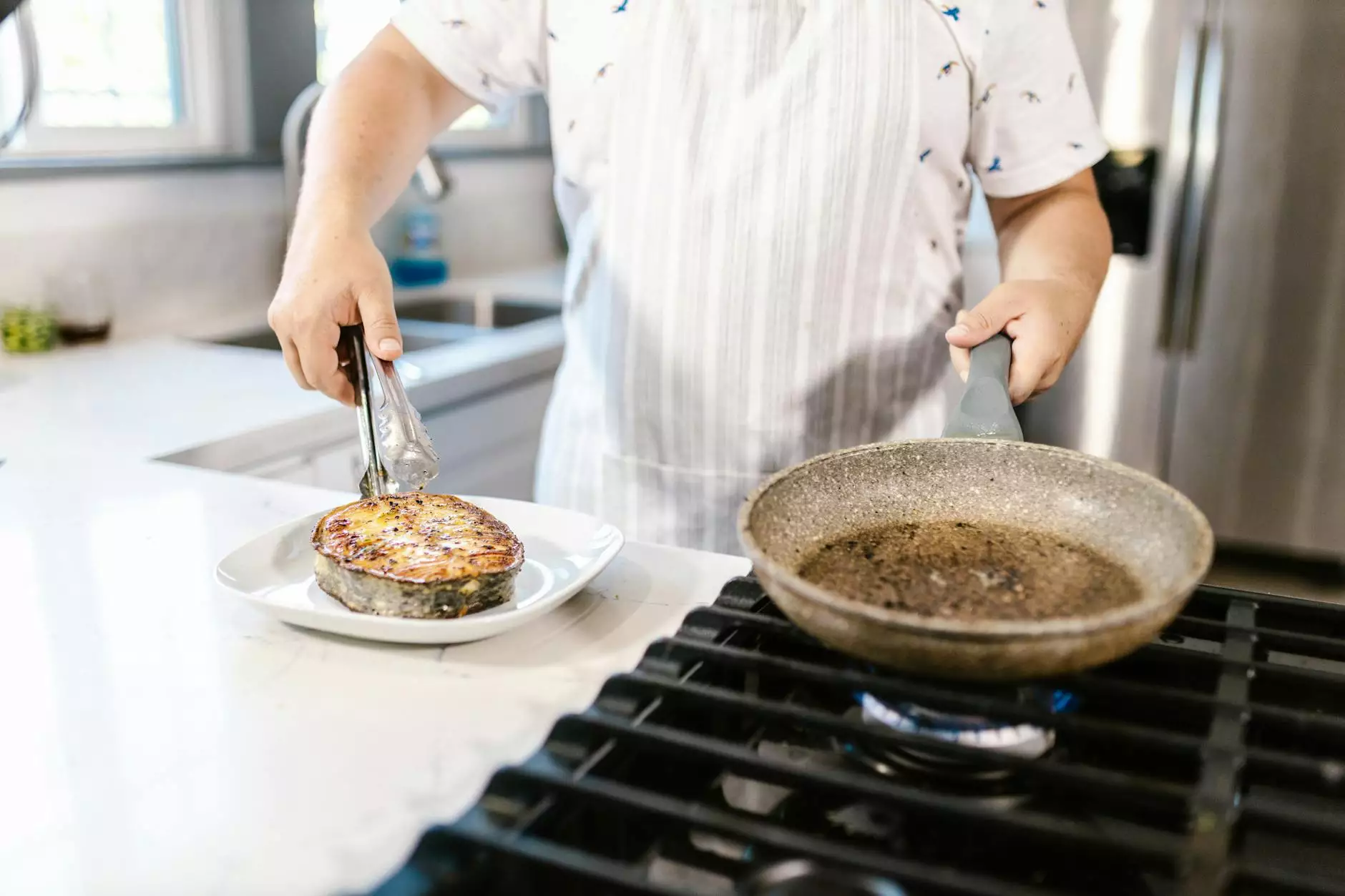Coping Tiles: The Essential Guide for Pool Renovation

When it comes to enhancing the beauty and functionality of your swimming pool, coping tiles play a pivotal role. Whether you are embarking on a swimming pool renovation or considering installing a new pool, choosing the right coping tiles can significantly impact the overall design and feel of your outdoor space. In this comprehensive guide, we will explore everything you need to know about coping tiles, including their types, benefits, installation processes, and maintenance tips.
What Are Coping Tiles?
Coping tiles are the finishing elements that sit on the edge of a swimming pool. They serve a functional purpose by providing a smooth transition from the pool to the deck, ensuring safety and enhancing the aesthetic appeal. Generally made from materials such as natural stone, ceramic, or concrete, coping tiles come in various styles and colors, allowing homeowners to choose according to their personal taste and architectural vision.
Benefits of Using Coping Tiles
The use of coping tiles in swimming pool designs provides numerous benefits:
- Aesthetic Appeal: Coping tiles can effortlessly elevate the overall look of your pool area, creating a polished finish that complements your landscape.
- Safety: The right coping tile can provide a non-slip surface, reducing the risk of accidents when walking around the pool.
- Water Management: Coping tiles help direct water away from the pool, preventing pooling and enhancing drainage on your deck.
- Durability: Coping tiles, especially those made from natural stone, are highly durable and can withstand various weather conditions and pool chemicals.
- Maintenance: Many coping tiles are easy to clean and maintain, ensuring that your pool area remains beautiful for years.
Types of Coping Tiles
Choosing the right type of coping tile is crucial for both functionality and aesthetics. Below are some popular options:
1. Natural Stone Coping
Natural stone tiles, such as granite, limestone, or slate, provide a timeless look that many homeowners love. Their unique textures and colors can complement various landscapes and home styles. Additionally, natural stone is robust and can withstand exposure to water and weather.
2. Concrete Coping
Concrete coping is one of the most versatile options for pool edges. It can be poured and shaped to fit any design, and it offers a broad range of finishes and colors. Concrete coping is generally more budget-friendly but can be customized to mimic the appearance of natural stone.
3. Ceramic or Porcelain Coping
Ceramic tiles are available in countless designs and colors, making them a favorite among homeowners looking for variety. Porcelain tiles, a type of ceramic known for its low porosity, are excellent for resisting moisture and stains, making them a practical choice for pool areas.
4. Travertine Coping
Travertine is another popular choice due to its natural beauty and excellent slip resistance. This type of stone stays cool underfoot, making it a comfortable option for hot summer days. Travertine is durable and complements modern and traditional pool designs alike.
How to Choose the Right Coping Tiles
When selecting coping tiles for your project, consider the following factors:
- Budget: Determine how much you are willing to spend, as prices can vary significantly based on material and design.
- Style: Consider the existing design of your home and pool. Choose tiles that harmonize with the surrounding elements.
- Durability: Assess the longevity and weather resistance of the tiles you are considering.
- Maintenance: Evaluate how much upkeep you are willing to commit to. Some materials may require sealing or special cleaning methods.
- Local Climate: Choose materials that can withstand your local weather conditions, including rainfall, snow, and sunlight.
The Installation Process of Coping Tiles
Installing coping tiles is a crucial step in any pool renovation. It typically involves the following stages:
1. Preparing the Surface
Before installation, it is essential to prepare the pool edge. This may involve removing old coping, cleaning the area, and ensuring the surface is smooth and level.
2. Laying the Tiles
Begin laying the coping tiles starting from one end and moving towards the other. Use spacers to ensure even gaps between tiles for grout application later. It's important to check for alignment and level as you go.
3. Applying Adhesive
Utilize high-quality tile adhesive suitable for wet environments to bond the coping tiles securely. Apply a generous amount of adhesive to each tile before setting it in place.
4. Grouting
Once the tiles are set and the adhesive has cured, fill the gaps with grout. A waterproof grout is recommended for pool applications. Allow it to dry completely.
5. Sealing (if necessary)
Depending on the materials used, you might need to seal the coping tiles to protect them from water and chemical damage.
Maintenance Tips for Coping Tiles
Proper maintenance of coping tiles ensures their longevity. Here are essential maintenance tips:
- Regular Cleaning: Use a mild detergent and warm water to clean the tiles regularly. Avoid harsh chemicals that could damage the finish.
- Inspect for Damage: Periodically inspect the tiles for cracks or chips. Address any issues promptly to prevent further deterioration.
- Reseal as Needed: If your tiles require sealing, maintain a schedule based on the manufacturer’s recommendations to preserve their appearance and function.
- Address Stains Quickly: If your tiles develop stains, clean them immediately with appropriate stain removers to keep them looking like new.
Why Choose PoolRenovation.com for Your Coping Tile Needs?
At poolrenovation.com, we specialize in all aspects of swimming pool renovation, including the installation of high-quality coping tiles. Our team of experienced professionals is dedicated to providing exceptional service and ensuring your outdoor space exceeds your expectations. Here’s why you should trust us:
- Expertise: Our specialists have extensive experience in pool renovation and are well-versed in the latest trends and installation techniques.
- Quality Materials: We source only the finest quality coping tiles, ensuring durability and an excellent finish.
- Customized Solutions: We work closely with clients to provide tailored solutions that meet their specific design preferences and needs.
- Comprehensive Services: Beyond coping tiles, we also offer a wide range of services, including water heater installation and repair, making us your one-stop solution for pool needs.
- Customer Satisfaction: Our commitment to customer service is unparalleled; we aim to ensure every client is happy with their renovation project.
Conclusion
Coping tiles are an integral element of swimming pool design, offering aesthetic enhancement, safety, and functionality. Choosing the right type of coping tiles, understanding their installation process, and maintaining them can significantly improve your pool area’s overall appeal. For comprehensive support and expert services, turn to poolrenovation.com. Let us help you create the pool of your dreams with stunning coping tiles that will last for years.





